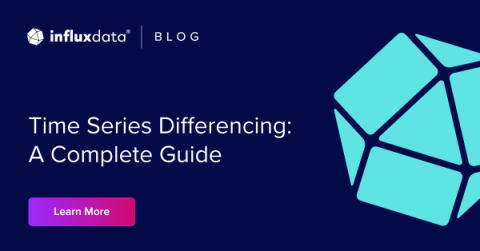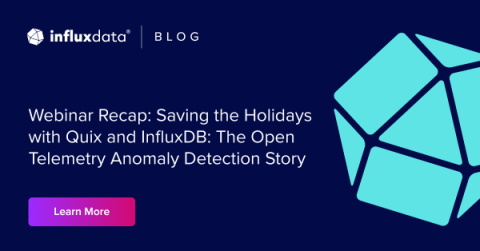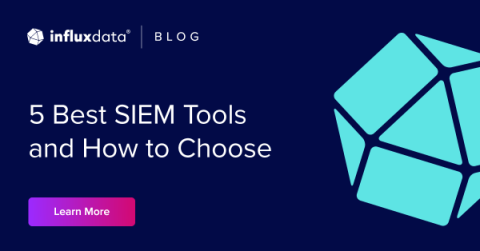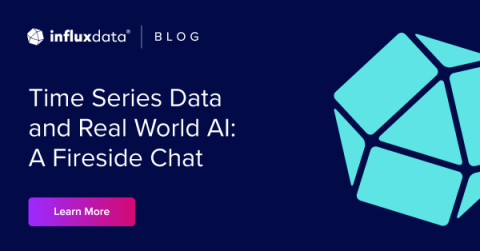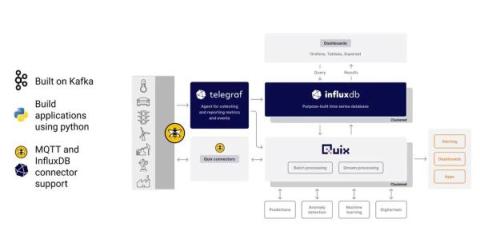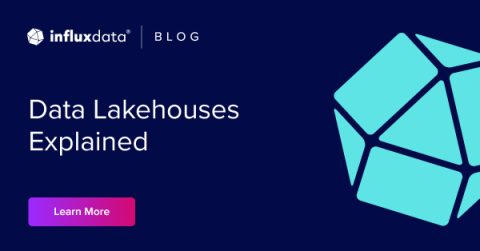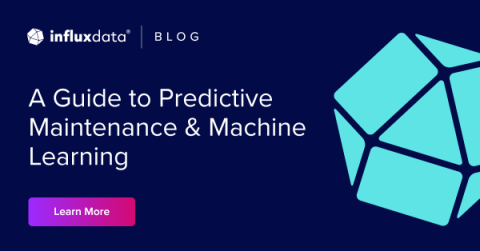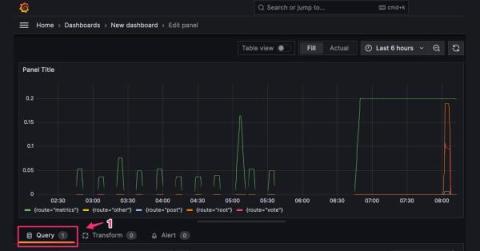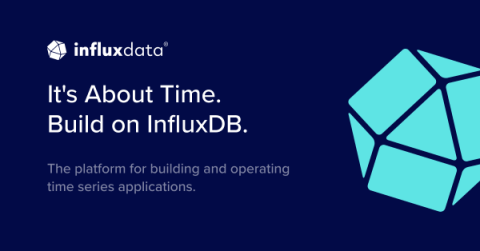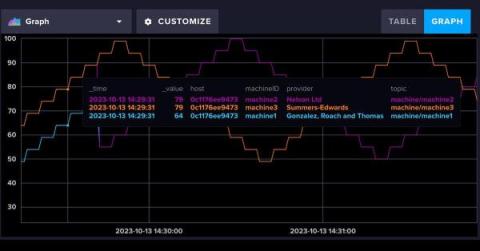Time Series Differencing: A Complete Guide
Time difference analysis is a method of analyzing data points at regular time intervals over a set period. However, in time series analysis, we derive crucial information such as the variance of the variables among data points over a period of time. This gives additional information on how the data adapts over time. This can be used to analyze data during different trends at different time intervals.


